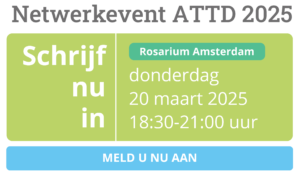OBJECTIVE
Current studies on continuous glucose monitor (CGM) uptake are revealing for significant barriers and inequities for CGM use among patients from socially underprivileged communities. This study explores the effect of full subsidies regardless of diabetes type on CGM uptake and HbA1c outcomes in a U.S. adult patient population on Medicaid.RESEARCH DESIGN AND METHODS
This retrospective cohort study examined 3,036 adults with diabetes enrolled in a U.S. Medicaid program that fully subsidized CGM. CGM uptake and adherence were assessed by CGM prescription and dispense data, including more than one fill and adherence by medication possession ratio (MPR). Multivariate logistic regression evaluated predictors of CGM uptake. Pre- and post-CGM use HbA1c were compared.RESULTS
CGM were very well received by both individuals with type 1 diabetes and individuals with type 2 diabetes with similar high fill adherence levels (mean MPR 0.78 vs. 0.72; P = 0.06). No significant difference in CGM uptake outcomes were noted among major racial/ethnic groups. CGM use was associated with improved HbA1c among those with type 2 diabetes (−1.2% [13.1 mmol/mol]; P < 0.001) that was comparable between major racial/ethnic groups and those with higher fill adherence achieved greater HbA1c reduction (−1.4% [15.3 mmol/mol]; P < 0.001) compared with those with lower adherence (−1.0% [10.9 mmol/mol]; P < 0.001).CONCLUSIONS
CGM uptake disparities can largely be overcome by eliminating CGM cost barriers. CGM use was associated with improved HbA1c across all major racial/ethnic groups, highlighting broad CGM appeal, utilization, and effectiveness across an underprivileged patient population.


